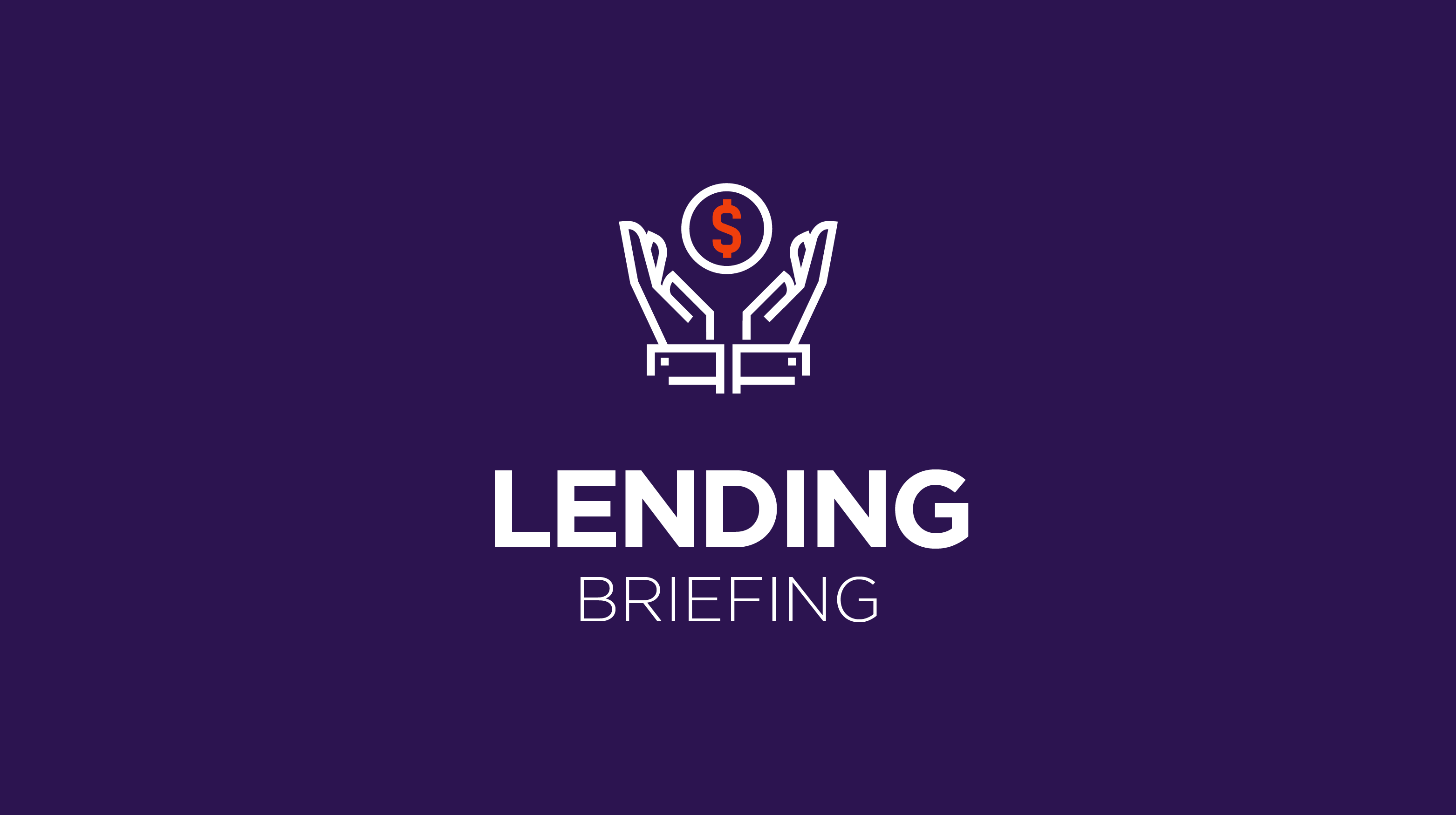Member Exclusive, Online Lenders
Lending Briefing: SaaS SMB lending competition heats up as more fintechs enter the market
- More fintechs are coming into the US market to offer banks solutions that digitize and streamline their SMB loan application and decisioning process.
- As this segment of the market is drawing more interest, we sit down with Ranqx to delve into its strategy of scaling in the US market.








